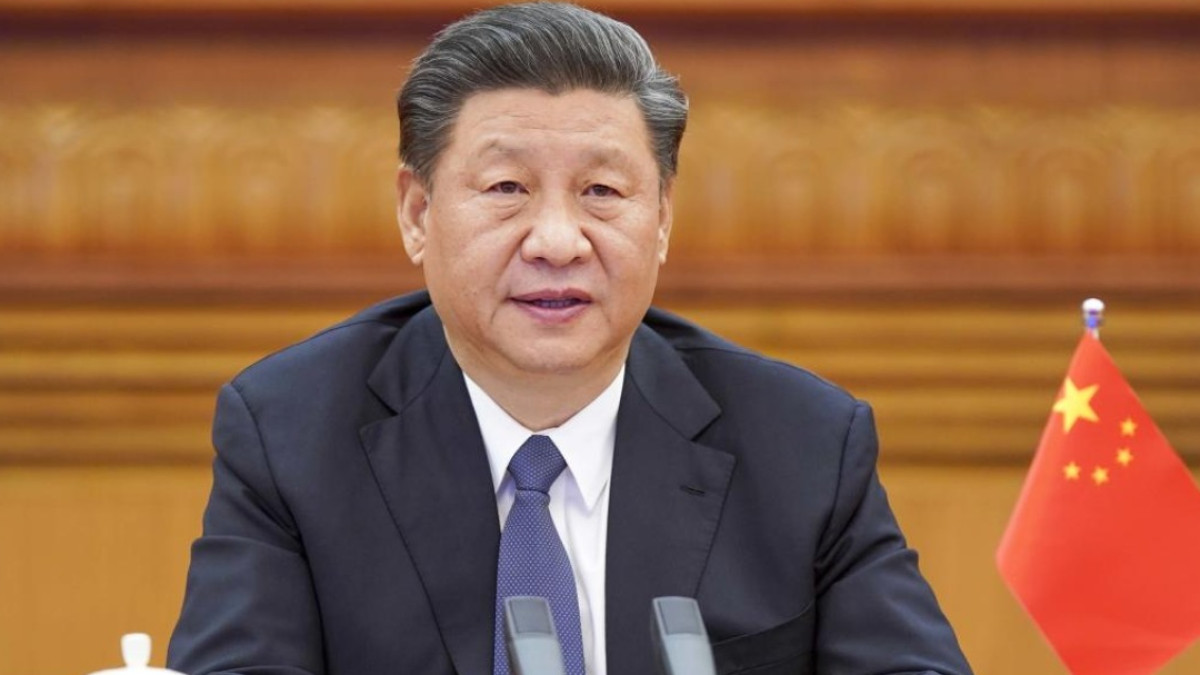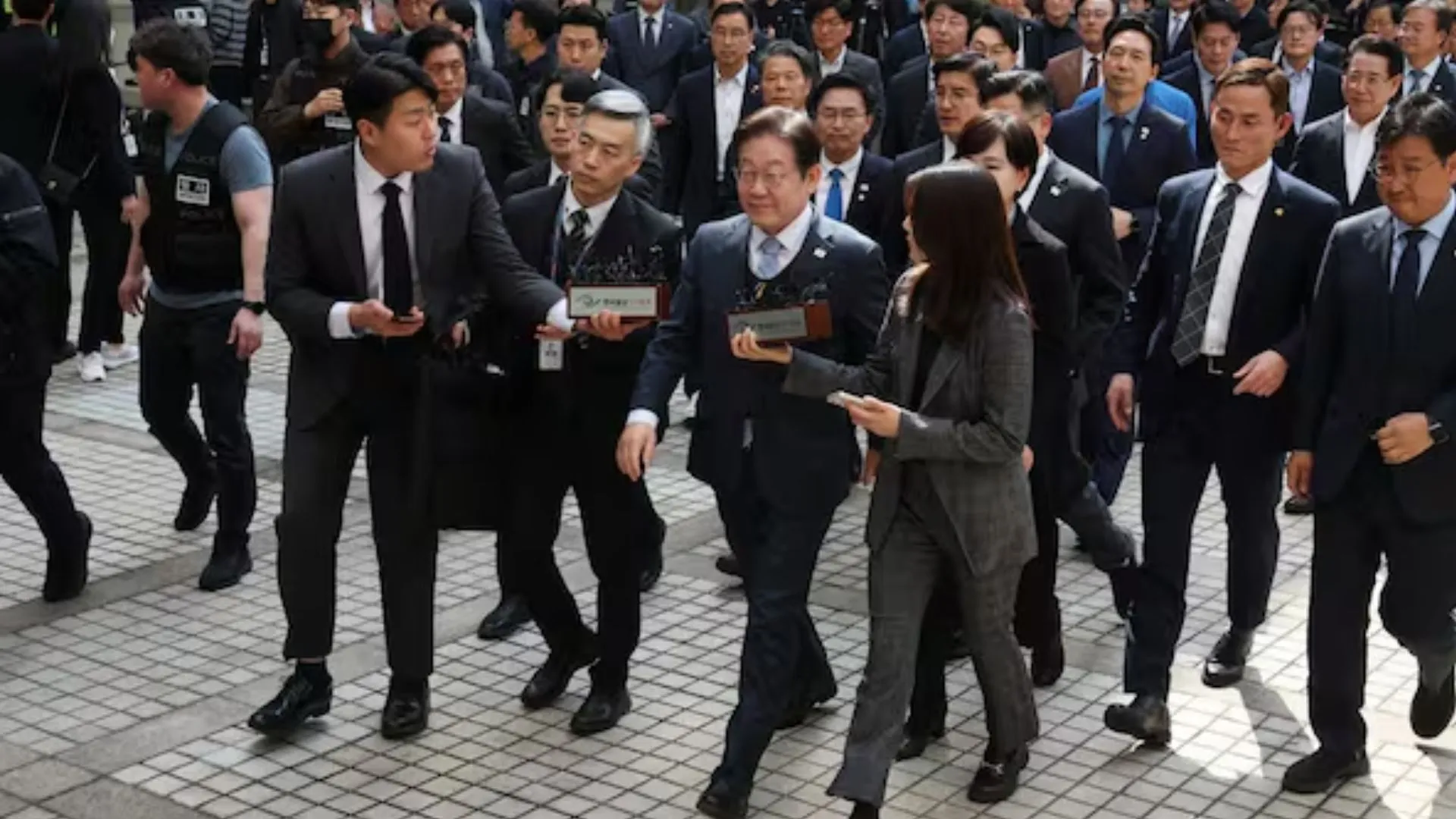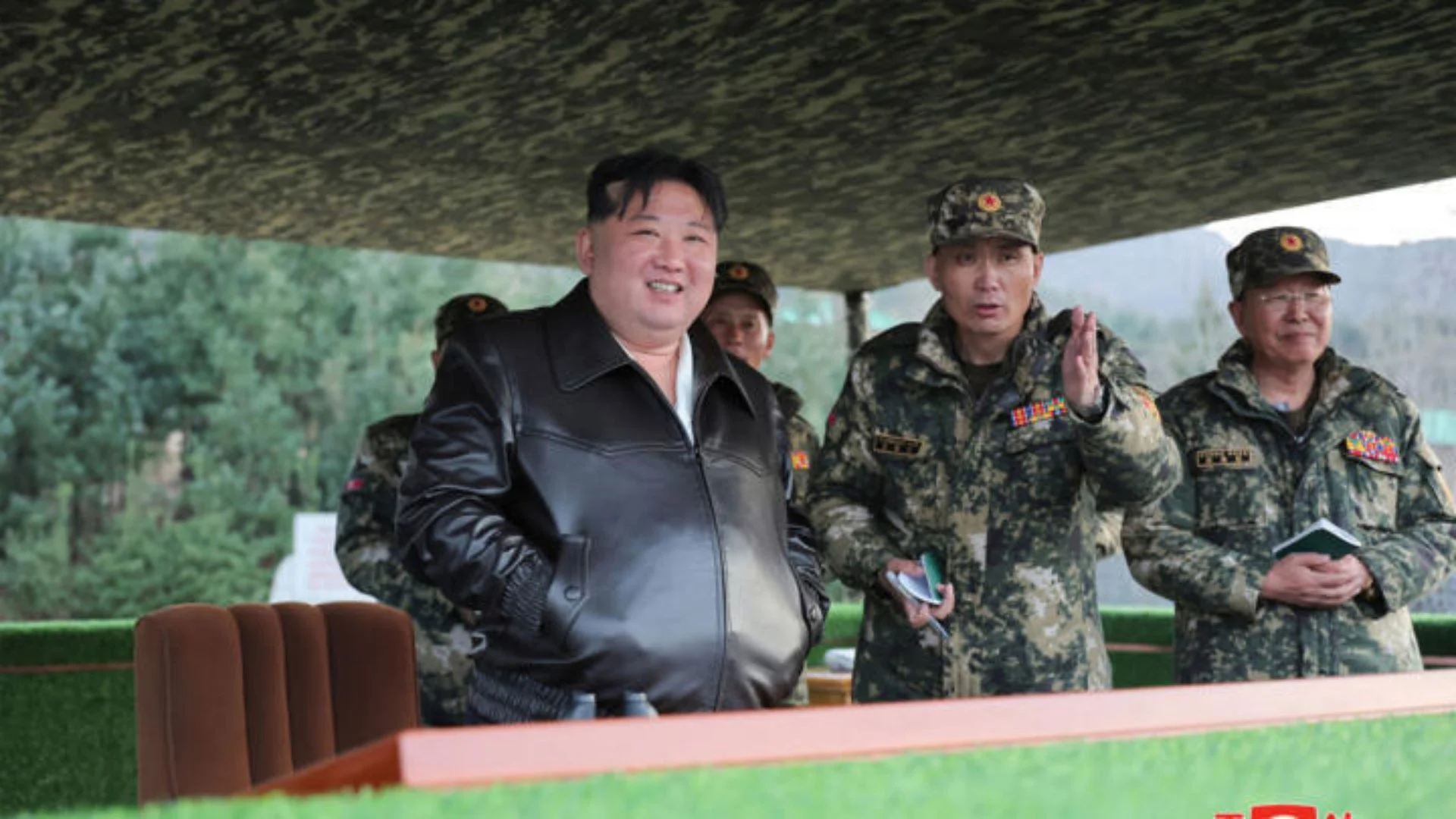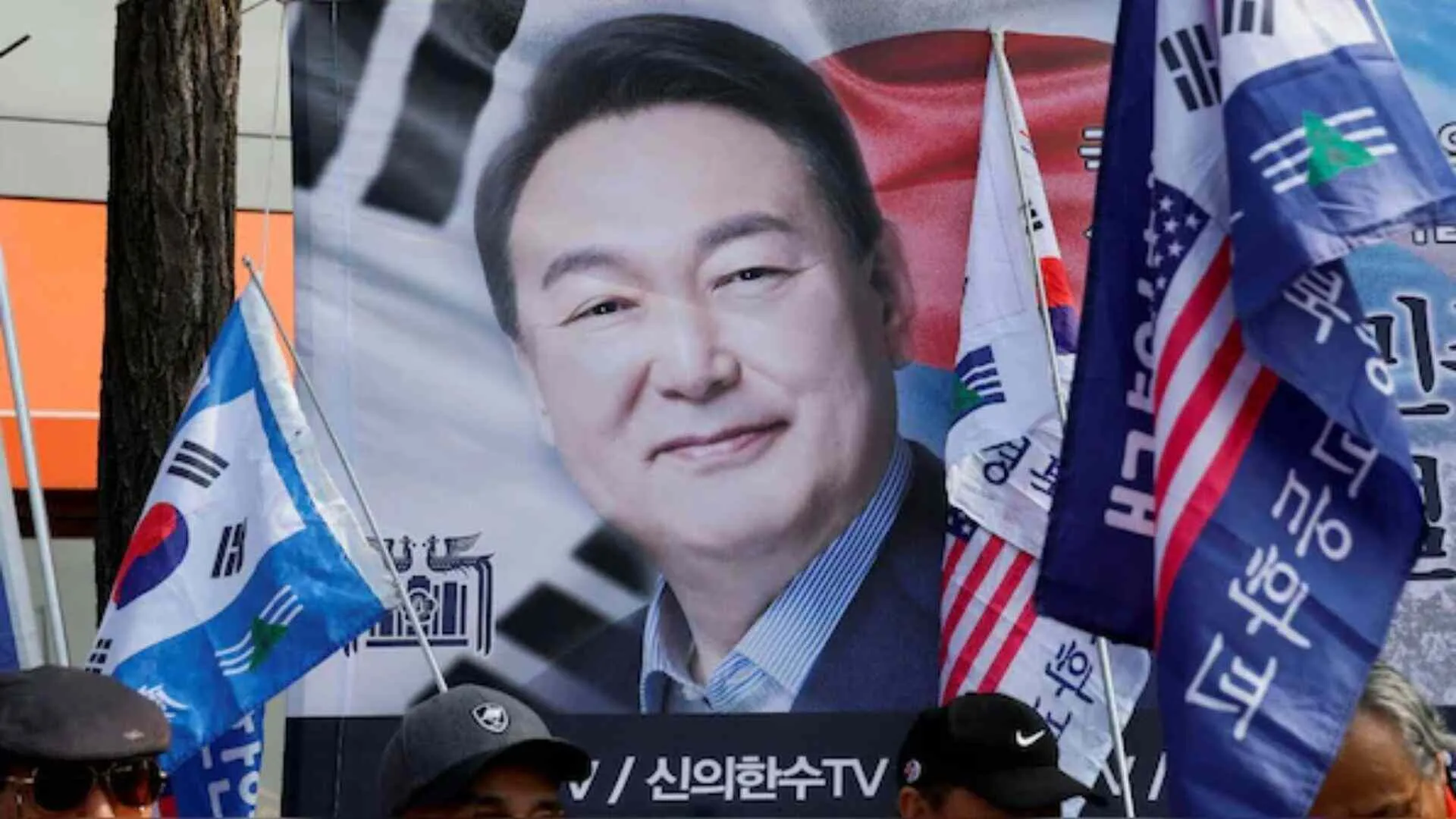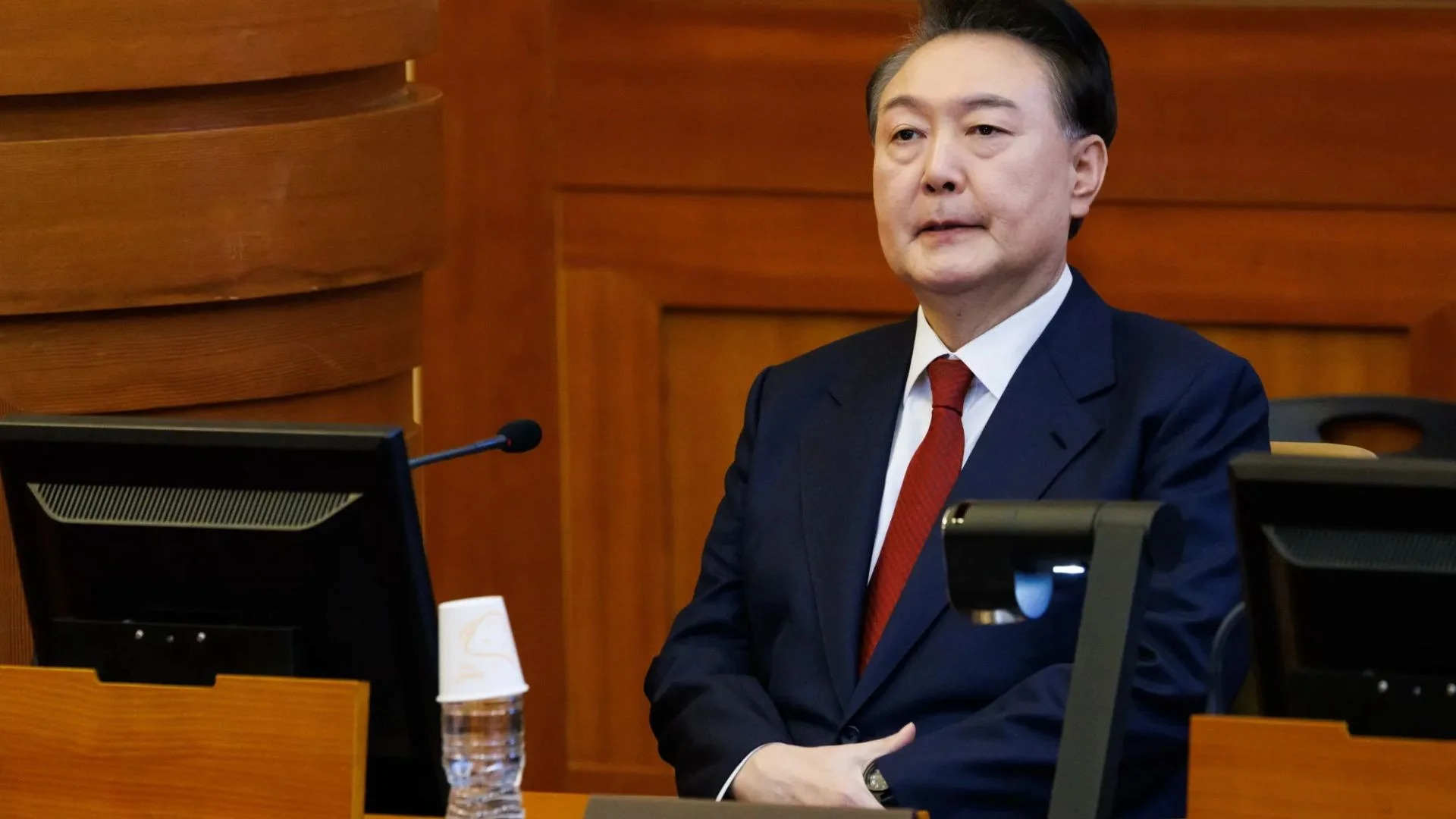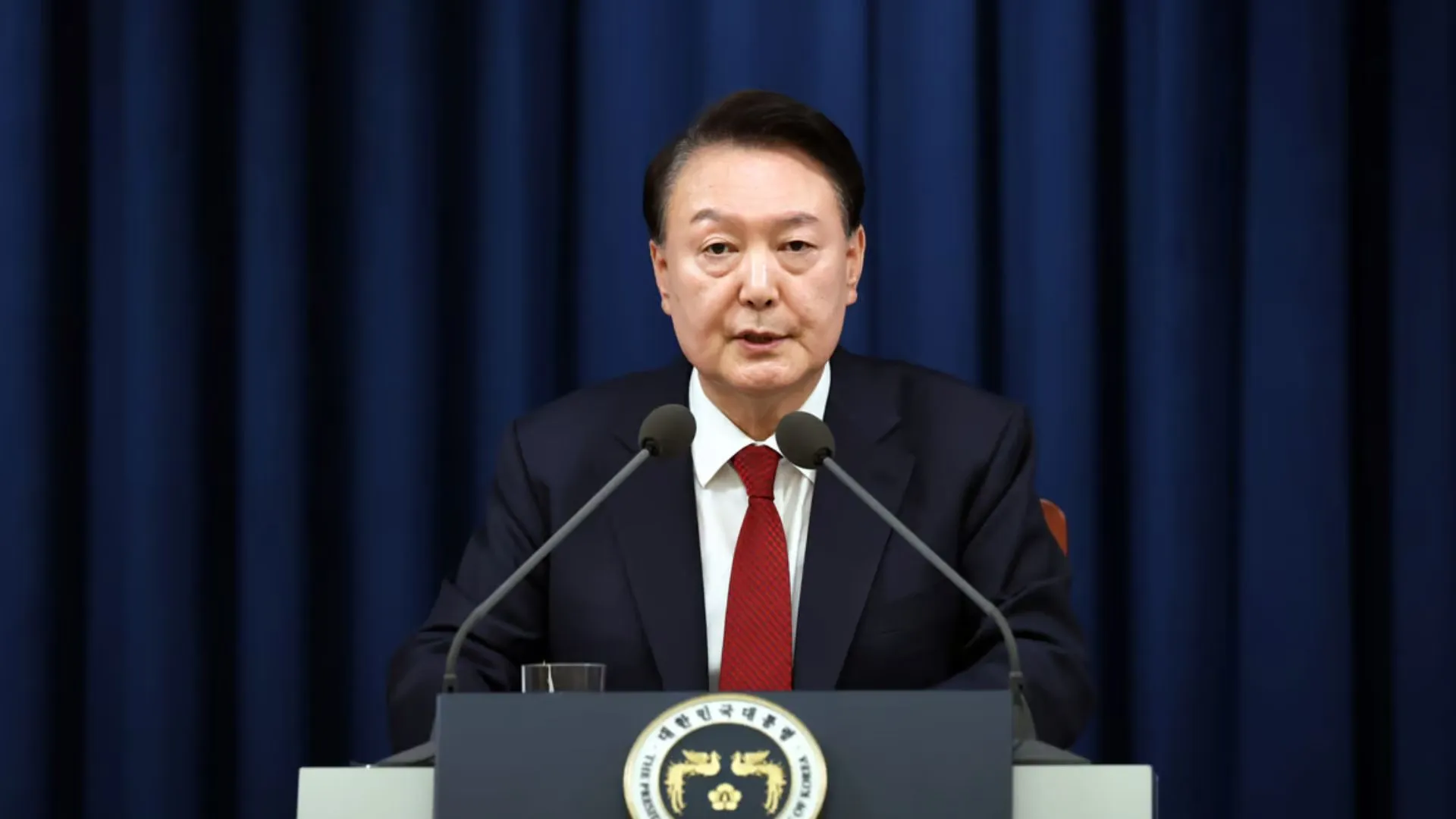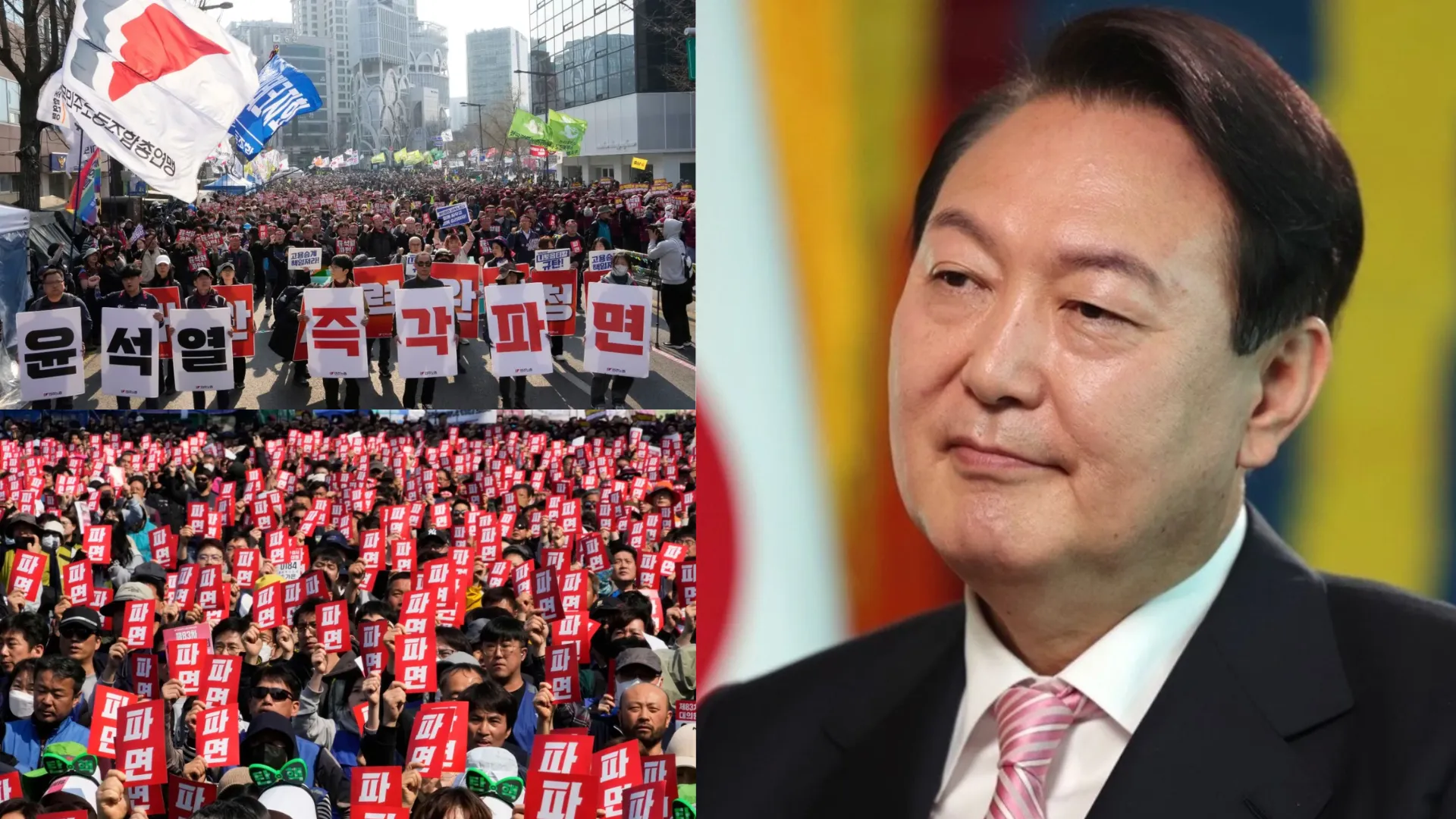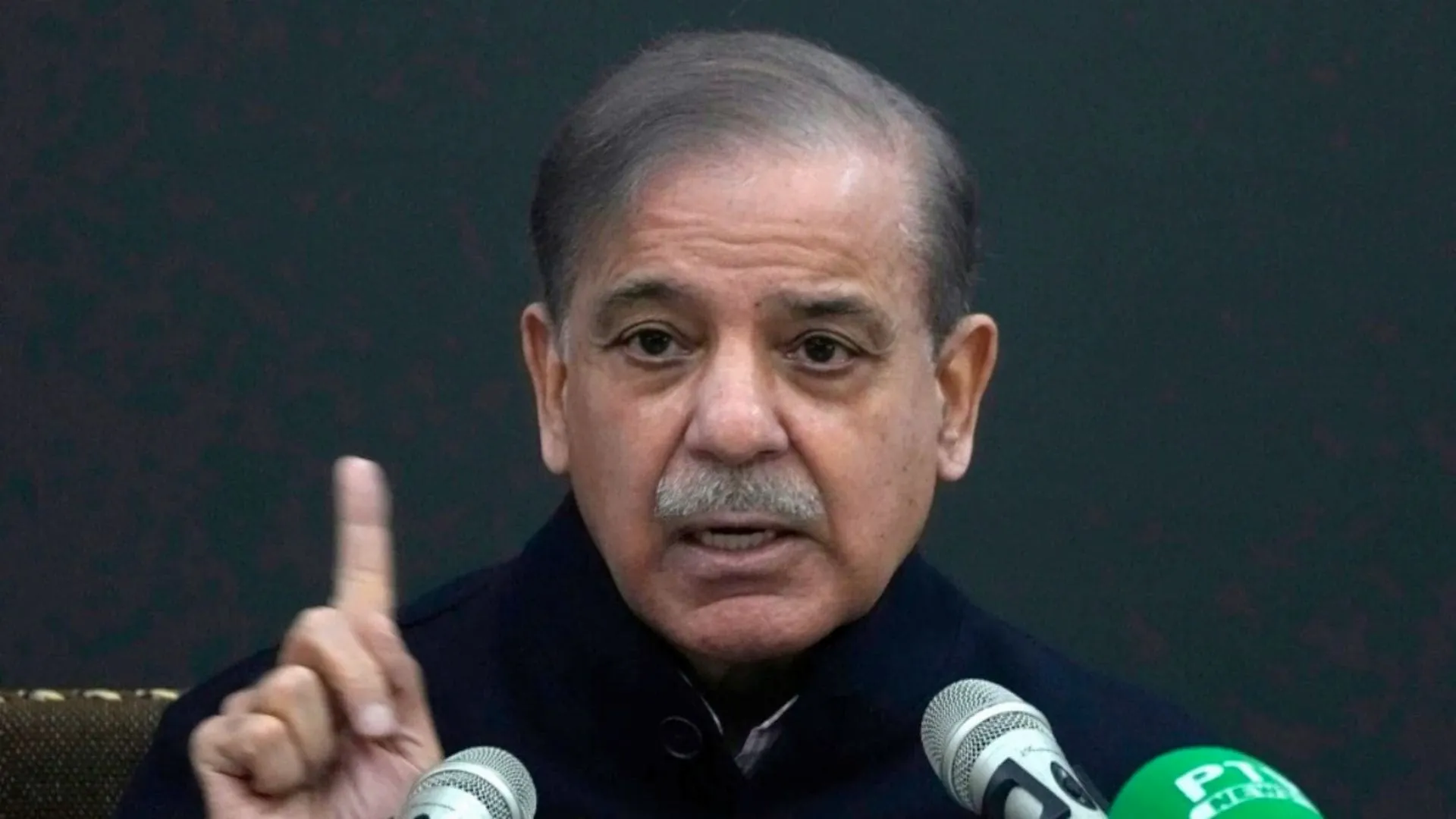President Vladimir Putin declared that China and Russia are “jointly committed to promoting the establishment of a more democratic multipolar world order” during his mid-May visit to that country. But considering the dictatorial governance in both nations, people who identify as democratic viewed this statement with scepticism.
The difficulty China faces as a result of Xi’s centralization of power was emphasised by Professor Steve Tsang, Director of the SOAS China Institute at SOAS University of London. He said: “The biggest challenge China faces in governance terms is the concentration of power in Xi’s hands.” Likewise, during Xi Jinping’s reign, standards and the allocation of power were eroded, according to Dr. Willy Wo-Lap Lam, Senior Fellow at The Jamestown Foundation think tank.
Dr. Lam pointed out a shift in power dynamics in Beijing, with the rise of the Fujian faction gaining more influence than the previously dominant Zhejiang faction. He emphasized the rise of fifth-ranked PBSC member, Cai Qi, benefiting from this shift.
Xi’s governance approach often draws from Chinese classics, particularly Confucianism. Professor Anne Cheng, Chair of Intellectual History of China at the College de France, explained that Xi emphasizes Confucianism to replace dwindling communist faith and foster national identity.
While communism historically opposed Confucian ideologies, the CCP now promotes Confucianism to reinforce its rule. This adoption of Confucianism aligns with modern China’s emphasis on hierarchy and stability.
Chinese intellectuals justify autocracy by critiquing Western political systems while promoting their own model as superior. They argue for a Confucian-based system that incorporates elements of liberal democracy.
China’s governance model, characterized by authoritarianism, is increasingly exported to other countries, often through material support. However, this model faces criticism, particularly in the West, where China’s public image has declined.
China’s emphasis on stability, exemplified by Xi’s leadership, comes at the expense of individual liberties. Xi’s centralization of power within the CCP raises concerns about internal dissent and military loyalty.
Xi’s removal of proteges from key military positions indicates his concern for regime security and PLA loyalty. This internal instability contrasts with Xi’s commitment to assertive foreign policies, particularly regarding Taiwan.
Despite Xi’s efforts to promote authoritarian governance globally, many perceive the shortcomings of this model. As China’s domestic and international challenges grow, Xi’s commitment to autocracy appears increasingly unsustainable.

